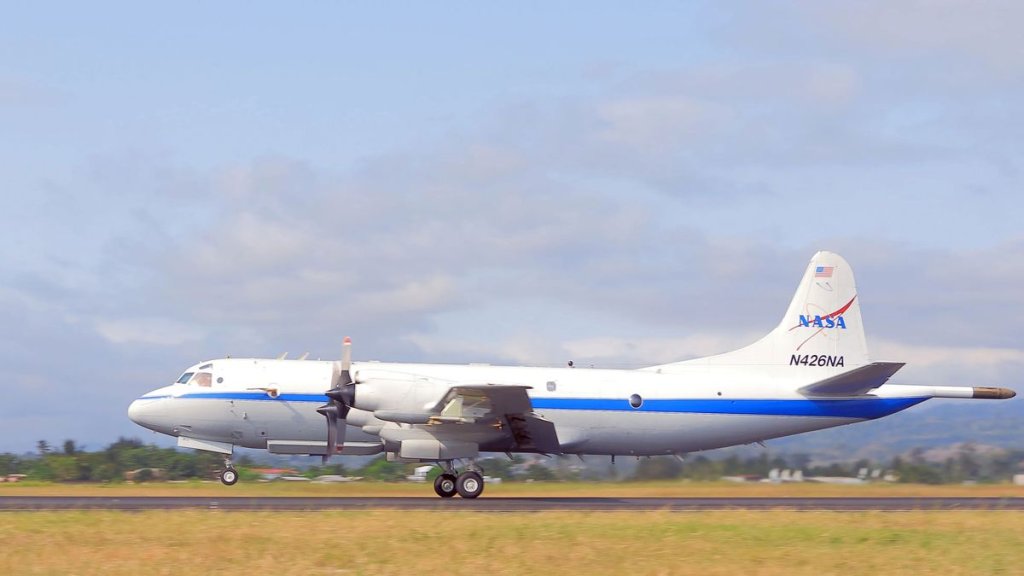We’ve reached a point when scientists can easily gauge levels of greenhouse gases or other air pollutants just by measuring their concentrations in the atmosphere. However, with these measurements alone, it is not necessarily obvious where the pollution actually comes from.
How could we tell which specific neighborhoods in a city, for example, spawn the most carbon dioxide? That’s important information because only then can scientists start figuring out how to mitigate greenhouse gas emissions, especially as Earth continues to warm due to human-driven climate change.
This summer, NASA plans to offer a solution: Flying greenhouse-gas-detecting planes.
For the past week and a half, NASA researchers and student interns have flown a pair of aircraft across the central-east U.S., guiding them low over airports, industrial sites and city centers to make a detailed air pollution map. By this weekend, the researchers will move the same aircraft to California and start taking the same measurements there.
Related: Human-caused global warming at all-time high, new report concludes
“The goal is that this data we collect will feed into policy decisions that affect air quality and climate in the region,” Glenn Wolfe, a research scientist at NASA’s Goddard Space Flight Center, and principal investigator for the campaign, said in a statement.
Wolfe and fellow researchers used a pair of turboprop aircraft, one B200 and one P-3 Orion. On board are instruments that take air samples and measure greenhouse gases, such as carbon dioxide and methane, and other air pollutants, such as nitrogen dioxide, formaldehyde and ozone.
From June 17 to 26, the two planes’ crews took the instruments for spins over Philadelphia, Baltimore and several cities in Virginia. They circled over power plants, landfills and urban areas at altitudes of 1,000 feet to 10,000 feet (305 meters to 3,048 meters), which is lower than the altitude of most commercial flights. They also conducted mock landings at airports, approaching runways, then intentionally missing these targets.
NASA aims to corroborate the plane-sourced data with measurements from higher up — specifically from TEMPO, an instrument mounted on the Intelsat 40e communications satellite in geostationary orbit, 22,000 miles (36,000 kilometers) above ground. TEMPO conducts hourly measurements of air pollutants across North America. The plane flights can augment TEMPO’s readings with additional data about pollutants at different altitudes close to Earth’s surface.
The East Coast leg of the project is finished, but the planes will soon embark on the second phase of their summer flights. NASA has already begun moving the planes to Southern California, where — from June 29 to July 2 — teams will measure air pollution over Los Angeles, the Tulare Basin to the north and the Imperial Valley to the southeast.

